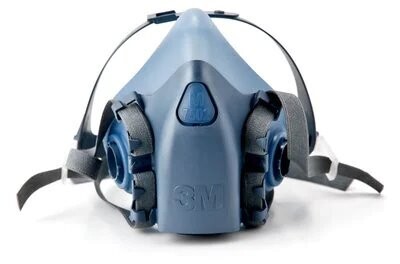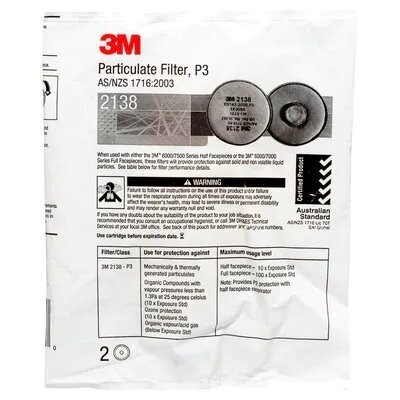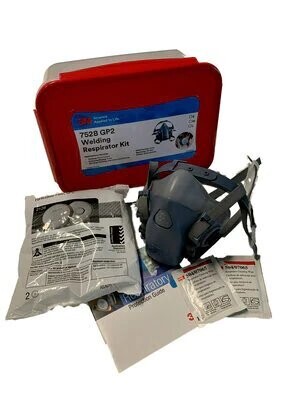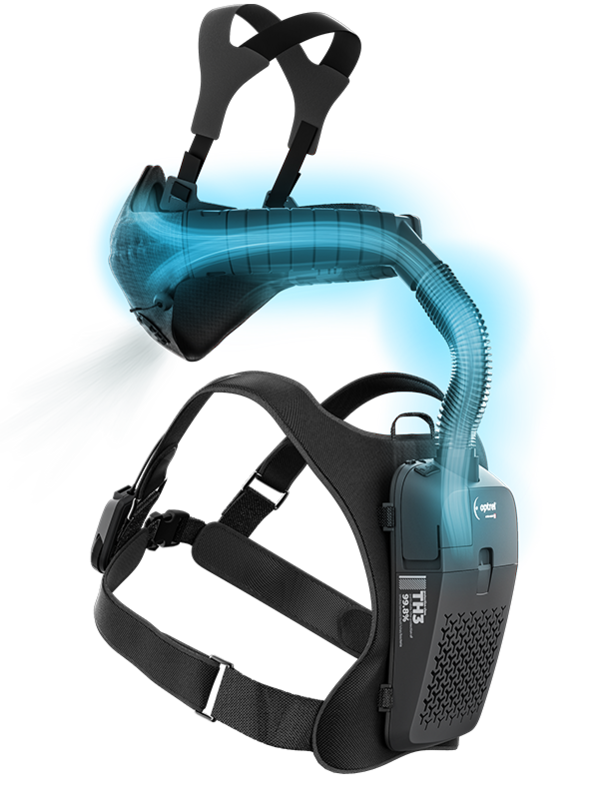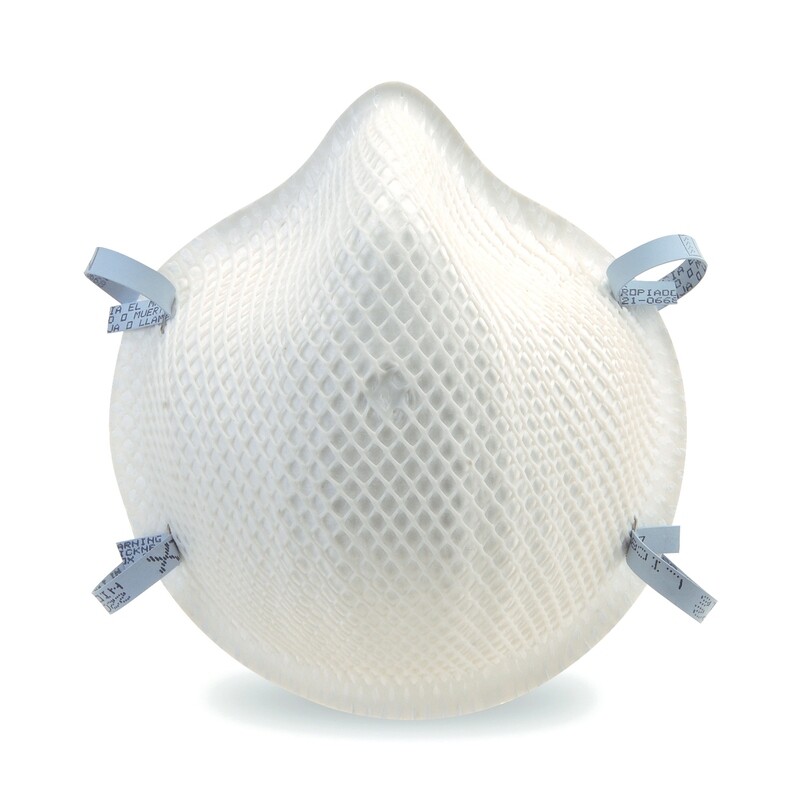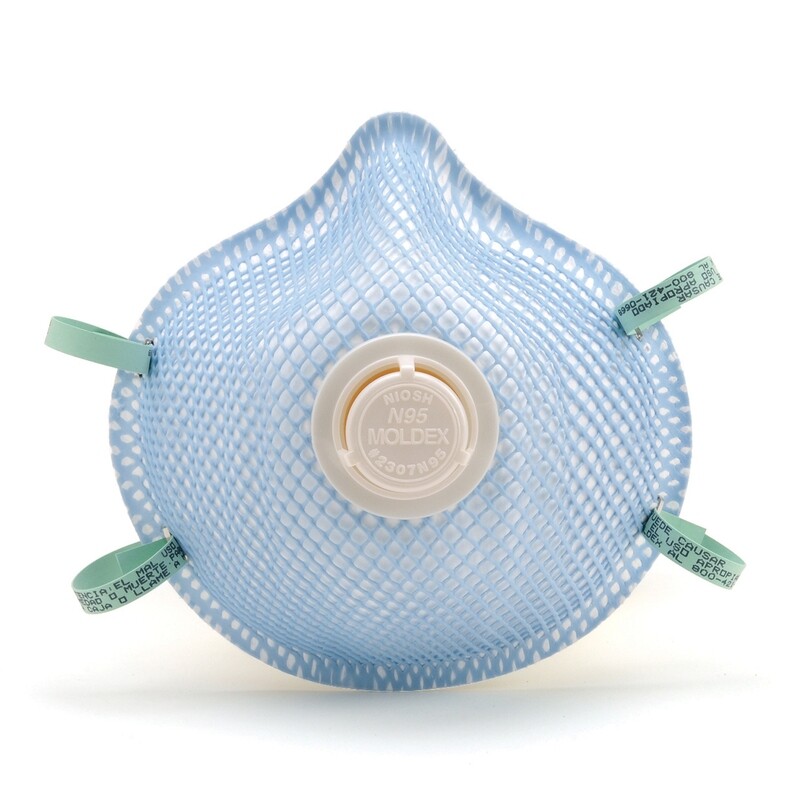MASKS
Reclassification of Welding Fume
In early 2017 welding fume was reclassified as “Carcinogenic to Humans” by the International Agency for the Research on Cancer (IARC), meaning that there is a direct relationship between inhaling welding fume and contracting cancer. The “Australian Workplace Exposure Standards for Airborne Contaminants” by Safe Work Australia was last published on the 18 April 2013, almost four years before the recent reclassification of welding fume as carcinogenic. Therefore this reclassification of welding fume as a confirmed human carcinogen should highlight for Australian welders, employers and Australian regulators the potential hazards involved and drive them to promote better controls and protection.
This, of course, begins with a better understanding of the reclassification of welding fume and what it really means for Australian welders and employers of welders. Based on the typical respiratory rate of 20 litres of air per minute or 2,300 m3 of air per year, a welder operating within the workplace exposure standards for general welding fume (5 mg/m3) in Australia, wearing no respiratory protection can inhale up to 11 grams of welding fume per year. So year on year, an unprotected Aussie welder operating within the workplace exposure limits in Australia can inhale 11 grams of a now known, identified and classified carcinogen.
Refine by
Display prices in:AUD





